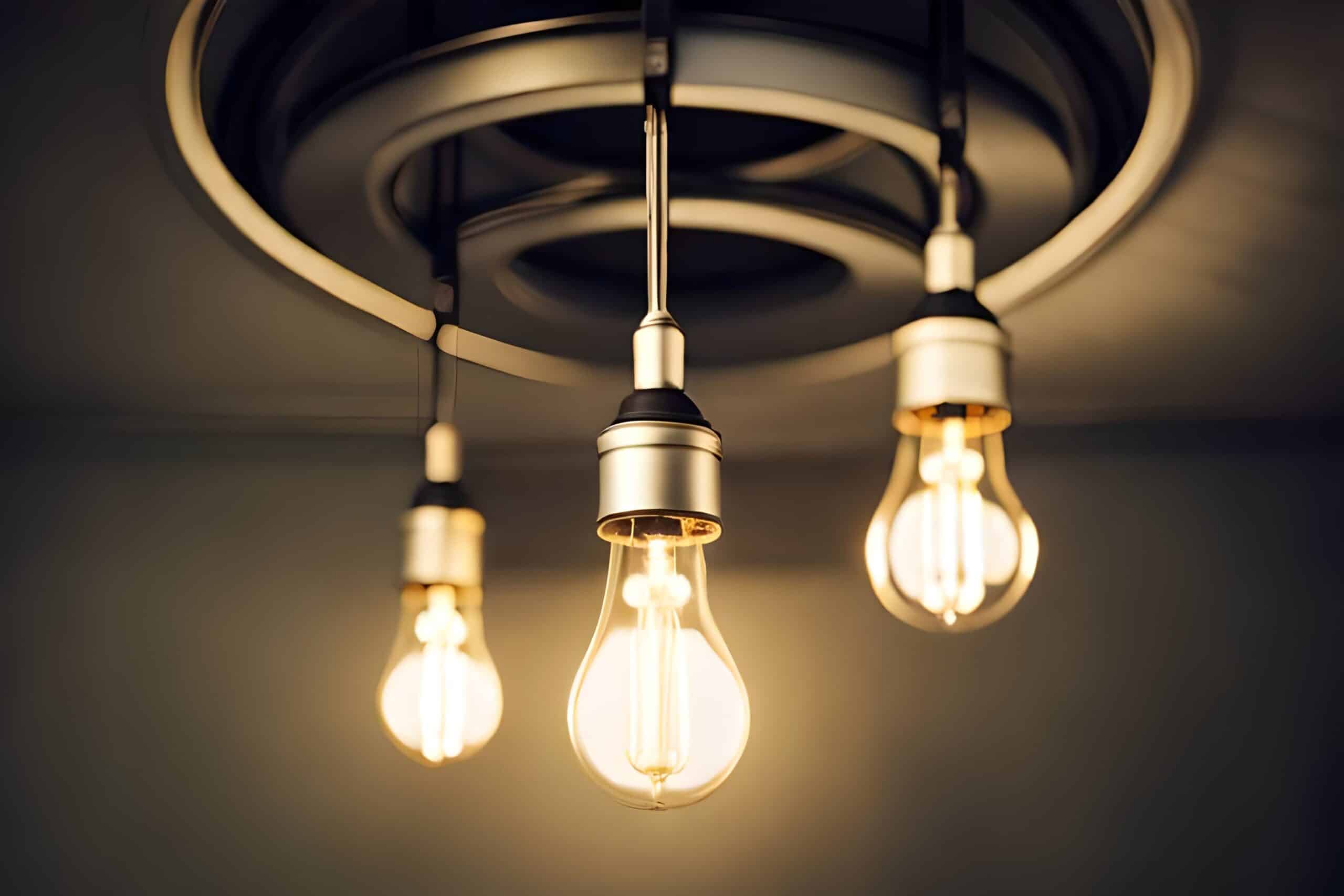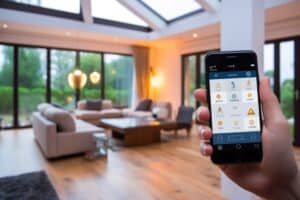How Do Smart Light Bulbs Work?
Key Takeaways
- Smart light bulbs revolutionize home lighting by offering wireless control, energy efficiency, and integration with smart home systems.
- Smart light bulbs communicate wirelessly using standards such as Wi-Fi, Bluetooth, or Zigbee, and can be controlled through a mobile app or voice commands.
- LED technology in smart bulbs makes them highly energy efficient, lasting 15 to 25 years and saving energy and cost for the user.
Smart light bulbs have revolutionized the way we illuminate our homes. With their ability to be controlled remotely and integrate with various smart home systems, these bulbs offer convenience and energy efficiency. But how exactly do they work? In this article, we will delve into the inner workings of smart light bulbs and explore the technologies that enable their functionality.
Wireless Communication
Smart light bulbs communicate wirelessly using various standards such as Wi-Fi, Bluetooth, or Zigbee. Some bulbs connect directly to a Wi-Fi router, while others rely on Bluetooth for initial setup. Many smart lights use a secondary wireless hub connected to the Wi-Fi router, which communicates with individual bulbs over a dedicated wireless range. The Zigbee standard is commonly used, and it operates in the same 2.4 GHz bands as Wi-Fi. The hub relays commands from the app on a phone to the closest light bulb, and the command is then bounced between all the bulbs until they have all checked and activated if needed. Remote activation and automation can be achieved through the connection to the Wi-Fi hub.
Control Options
Once connected to a smartphone, smart light bulbs can be controlled through a mobile app or voice commands. Digital assistants like Alexa or Google Assistant can be used to control the bulbs with simple voice commands. This allows users to turn the lights on or off, adjust brightness and color, and even set schedules or create lighting scenes.
Energy Efficiency
One of the significant advantages of smart light bulbs is their energy efficiency. LED (Light Emitting Diode) technology is used in smart bulbs, which makes them highly energy efficient. LED smart bulbs are upwards of 90% more energy efficient than standard incandescent light bulbs. They also last much longer, with a claimed life of 15 to 25 years. This not only saves energy but also reduces the frequency of bulb replacements, resulting in cost savings for the user.
Integration with Smart Home Systems
Smart light bulbs can integrate seamlessly with various smart home systems. They can be connected to a hub via Wi-Fi or use Bluetooth to connect directly to a smartphone app or smart home system. This integration allows users to control their lights along with other smart devices in their homes, creating a cohesive and convenient smart home experience.
Conclusion
Smart light bulbs have revolutionized home lighting by offering wireless control, energy efficiency, and integration with smart home systems. With the ability to be controlled remotely through mobile apps or voice commands, these bulbs provide convenience and flexibility. LED technology ensures energy efficiency and long-lasting performance, making them an eco-friendly choice. Whether you want to create ambiance, save energy, or enhance your smart home experience, smart light bulbs are a fantastic addition to any home.
Related Websites:
FAQs:
Q: What are smart light bulbs and how do they work?
Smart light bulbs are energy-efficient LED bulbs that can be controlled wirelessly. They work by utilizing LED technology and built-in wireless capabilities to connect to a network, allowing users to control them using smartphone apps, voice commands, or manual controls.
Q: How do I connect smart light bulbs to a network?
To connect smart light bulbs to a network, you can either use a dedicated hub or a bridge that acts as a central control point, or connect them directly to your Wi-Fi network. The process involves following the manufacturer’s instructions and using a dedicated app to establish the connection.
Q: What control options and customization features do smart light bulbs offer?
Smart light bulbs offer various control options such as smartphone apps, voice assistants, and manual controls. In terms of customization, you can adjust brightness and color, schedule and automate lighting, and integrate them with other smart home devices for a seamless experience.
Q: What are some advanced features of smart light bulbs and what smart home ecosystems are they compatible with?
Advanced features of smart light bulbs include geofencing and motion detection, energy monitoring, and music sync with visual effects. They are compatible with popular voice assistants like Alexa and Google Assistant, and can also integrate with other smart devices such as thermostats and security systems.
Q: Are smart light bulbs secure and how can I enhance their security?
While there can be potential vulnerabilities, smart light bulb manufacturers take security measures to ensure user safety. To enhance security, it is recommended to keep firmware updated, use strong Wi-Fi passwords, and enable two-factor authentication if available.






